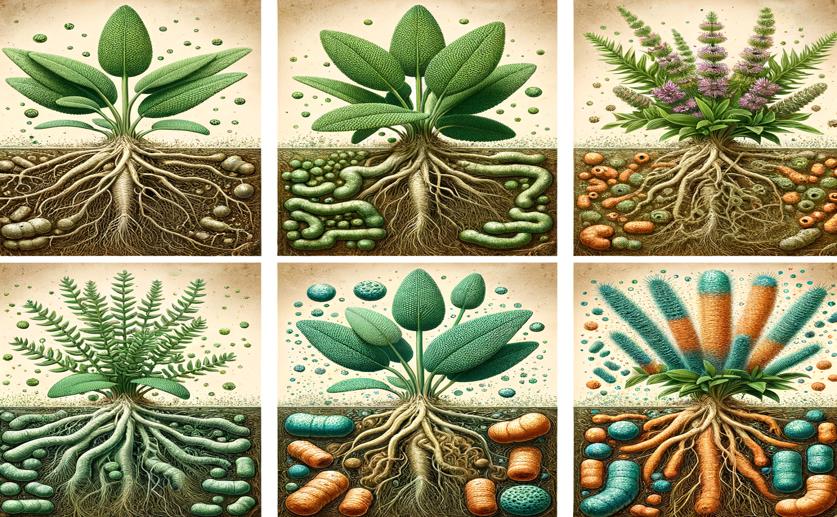
Microbial Diversity in the Root Zone of Sage at Different Growth Stages
Greg Howard
5th June, 2024

Image Source: Natural Science News, 2024
Key Findings
- Researchers at Linyi University studied the soil and microbial changes around Salvia miltiorrhiza over three years
- As the plant grew, soil nutrients like phosphorus, potassium, pH, nitrate, and ammonium nitrogen significantly decreased
- Changes in ammonium and nitrate nitrogen levels had a greater impact on bacterial communities than on fungal communities
References
Main Study
1) Analysis of microbial community composition and diversity in the rhizosphere of Salvia miltiorrhiza at different growth stages.
Published 4th June, 2024
https://doi.org/10.1007/s10123-024-00542-6
Related Studies
2) Core Microbiome of Medicinal Plant Salvia miltiorrhiza Seed: A Rich Reservoir of Beneficial Microbes for Secondary Metabolism?
3) Diversity and structure of the rhizosphere microbial communities of wild and cultivated ginseng.
4) Current Studies of the Effects of Drought Stress on Root Exudates and Rhizosphere Microbiomes of Crop Plant Species.
5) Microbial eco-evolutionary dynamics in the plant rhizosphere.



 15th April, 2024 | Jenn Hoskins
15th April, 2024 | Jenn Hoskins